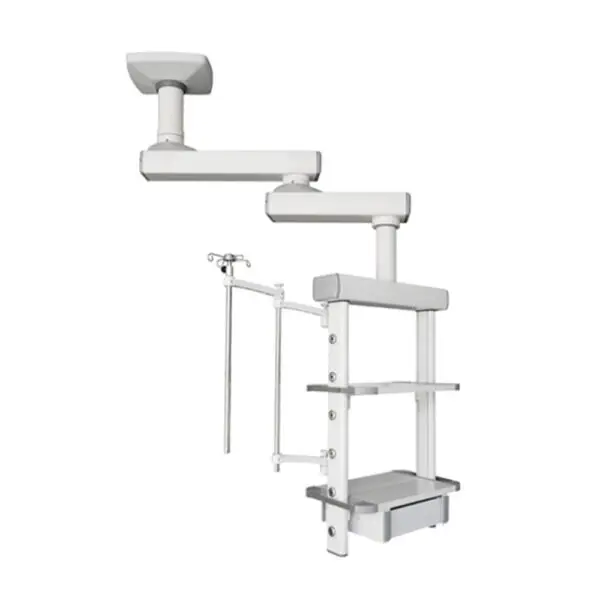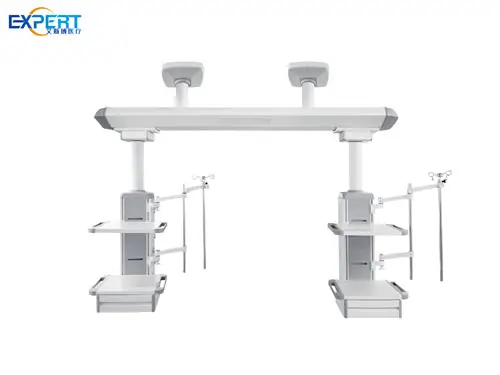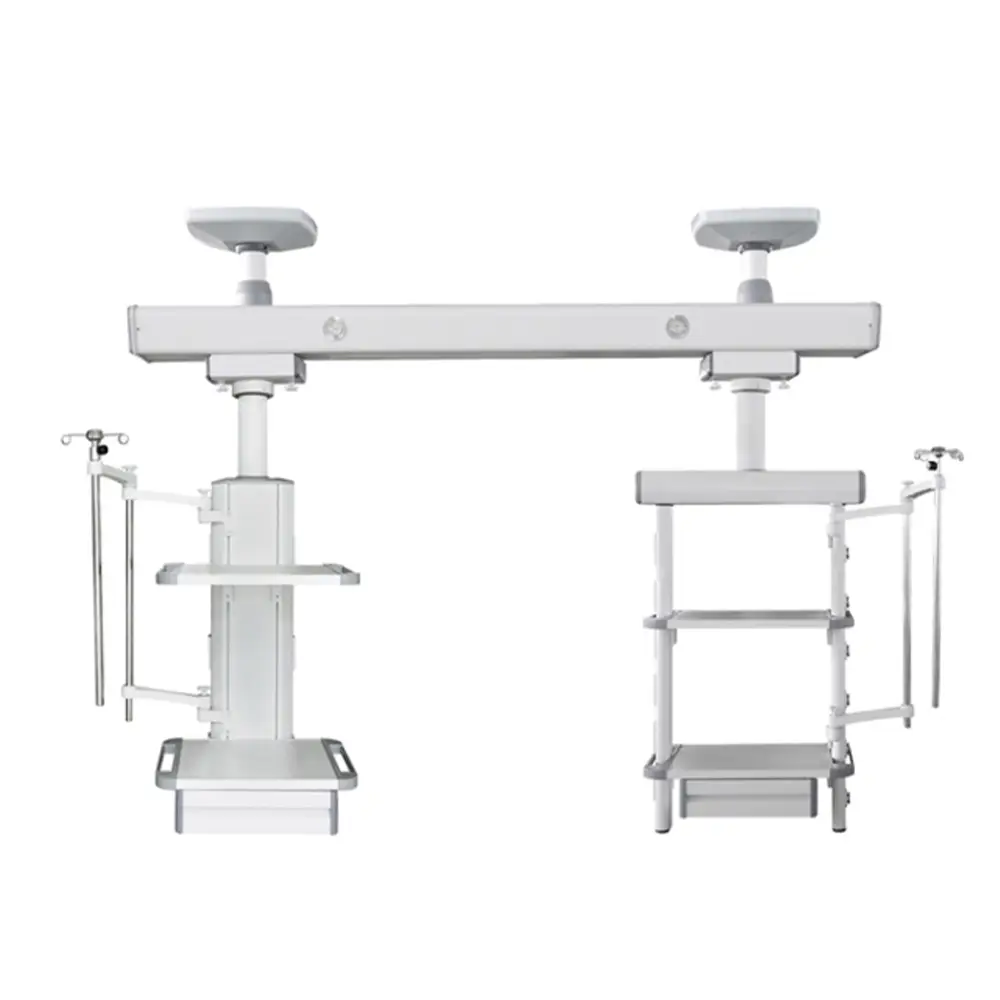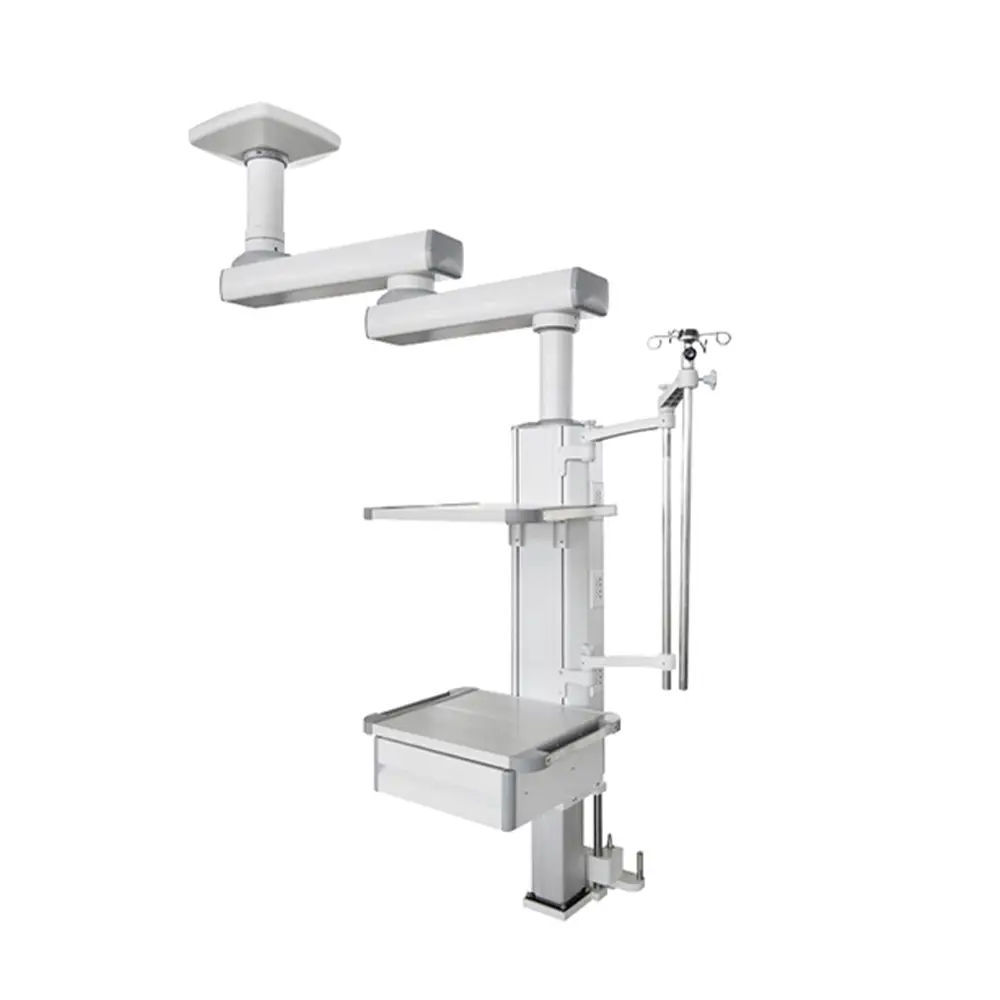Die Anschrift
304 Nordkardinal St.
Dorchester Center, MA 02124
Arbeitsstunden
Montag bis Freitag: 7:00 - 19:00
Wochenende: 10:00 - 17:00
Willkommen auf meinem Blog!
Bevor wir uns in die Inhalte vertiefen, würde ich mich freuen, wenn Sie mir auf meinen Social-Media-Plattformen folgen, wo ich weitere Einblicke gebe, mit der Community interagiere und Updates poste. So können Sie mit mir in Kontakt treten:
Facebook:https://www.facebook.com/profile.php?id=100071234835011
LinkedIn:https://www.linkedin.com/company/74943205/admin/dashboard/
YouTube:www.youtube.com/@shandongexpertmedicalequip4695
TikTok:www.tiktok.com/@expertmedical
Lassen Sie uns nun gemeinsam unsere Reise beginnen. Ich hoffe, Sie finden die Inhalte hier aufschlussreich, spannend und wertvoll.


Hospitals and healthcare facilities require an array of advanced medical equipment to ensure the best possible care for their patients. Among the essential equipment is the medizinischer Anhänger, a device that plays a vital role in improving patient safety and hospital efficiency. Often overlooked, a medizinischer Anhänger is an investment that can significantly enhance the functioning of operating rooms and critical care units. In this blog, we will explore the three key advantages of incorporating a medical pendant in your hospital setup, including its benefits in terms of organization, safety, and versatility. If your hospital is missing a medical pendant, it could be time to reevaluate your equipment choices.
A medical pendant is an advanced piece of medical equipment that provides overhead support for medical devices and tools, such as anesthesia machines, surgical lights, and monitors. Typically installed in operating rooms and intensive care units (ICUs), medical pendants offer flexibility and organization by keeping essential tools within reach while freeing up space for the medical staff to move around.
There are various types of medical pendants tailored to specific medical environments, but they all share the common purpose of ensuring that vital medical devices are organized, safe, and easily accessible. With features like adjustable arms, power outlets, and gas supply connections, these devices are designed to make healthcare operations more efficient.


One of the main advantages of using a medizinischer Anhänger in your hospital is its ability to improve organization. By centralizing critical medical equipment in one place, it minimizes clutter in the operating room and ICU. This enhanced organization enables medical staff to quickly access the necessary tools without wasting time searching for equipment.
Medical pendants can be customized to accommodate specific devices, ensuring that all necessary tools are within reach. Whether it’s a surgical light, ventilator, or monitor, the medical pendant provides a designated space for each piece of equipment. This streamlined setup can significantly improve efficiency, especially during critical procedures.
Safety is a top priority in any healthcare setting, and medical pendants play a vital role in ensuring that patient care is delivered without unnecessary risks. By securely mounting equipment overhead, medical pendants reduce the risk of equipment malfunctions or accidents. Medical staff can also prevent tangled wires or cables that could pose a tripping hazard, which is particularly important in busy and fast-paced environments.
Furthermore, medical pendants can house essential safety features such as oxygen and gas supply connections, ensuring that all vital systems are easily accessible and functioning properly during critical situations.
One of the most significant advantages of medical pendants lies in their versatility across various healthcare environments. These devices can be seamlessly integrated into a wide range of settings, including operating rooms, intensive care units (ICUs), recovery rooms, and emergency departments. Their design allows them to support an array of essential medical devices such as anesthesia machines, ventilators, surgical lights, and monitors. This flexibility makes them indispensable in facilities that need to adapt quickly to different clinical scenarios, ensuring that the right equipment is always available.
The adaptability of these systems is also a key factor. Medical pendants are designed to be adjustable, offering medical staff the ability to move them easily or reposition them as needed. This flexibility ensures that critical tools are always within arm’s reach, optimizing the workflow and reducing unnecessary movement. Whether in the middle of a high-stakes surgical procedure, during a routine examination, or while responding to an emergency, the equipment mounted on the pendant can be quickly adjusted to the right position for the task at hand.
Moreover, the overhead mounting of these devices helps hospitals manage space more effectively. By utilizing vertical space, medical pendants free up valuable room on the floor, making it easier for healthcare providers to navigate tight spaces while still having access to everything they need. This space-saving aspect is especially crucial in busy environments like operating theaters, where room for movement is limited and safety is paramount.
As medical practices continue to evolve and become more specialized, the ability to modify and reposition equipment quickly is becoming increasingly important. The versatility of medical pendants ensures that hospitals can remain flexible, adapting to new technologies or changing patient care protocols without the need for extensive redesigns or investments in new infrastructure.

Die Auswahl des idealen medical support arm for your hospital is a crucial decision that requires careful thought and attention to detail. Various factors must be considered to ensure that the equipment meets your hospital’s specific needs and standards. Here are the key aspects to focus on when making your choice:
First and foremost, ensure that the support arm has a sufficient weight capacity to safely hold the medical devices and equipment your hospital will be using. Whether it’s anesthesia machines, surgical lights, or monitors, the device must be able to bear the weight without compromising stability. It’s important to know the weight of the equipment you plan to mount and ensure the arm can support it effectively. Always check the manufacturer’s specifications to confirm weight limits and consider devices that provide some margin for heavier equipment.
Not all hospitals have the same requirements, so it’s essential to choose a model that can be customized to accommodate the unique equipment your healthcare facility uses. Whether you require a configuration that can support specialized diagnostic tools or emergency equipment, select an option that allows for flexibility in design. A customizable support system allows hospitals to adapt to specific clinical needs, offering functionality across different departments like the operating room, ICU, or recovery areas. Ensuring the unit can be tailored will maximize its usability and enhance workflow efficiency.
The demanding conditions of healthcare environments require equipment that can endure frequent use, cleaning, and potential exposure to various substances. Choose a support arm made from high-quality materials that are durable and resistant to wear and tear. Stainless steel and other strong, corrosion-resistant materials are ideal for medical settings, as they ensure longevity and reliability. Durability is especially important as these units will be subject to daily stresses, so opting for one built to last will help reduce maintenance costs and downtime.
Another important consideration is how easy it is to adjust the support arm. Medical staff require quick and efficient access to the tools they need during critical moments. Look for a design that offers smooth movement and flexibility, allowing medical professionals to reposition equipment with ease. A well-designed support arm should be able to hold devices securely while providing the flexibility to adjust them in tight spaces without difficulty. Easy maneuverability ensures that healthcare workers can quickly access necessary tools, thereby improving patient care and optimizing workflow during medical procedures.
In conclusion, selecting the right medical support arm for your hospital involves balancing weight capacity, customization, durability, and ease of movement. Keeping these factors in mind will ensure that you choose the best option for your facility’s needs, ultimately enhancing the functionality and efficiency of your medical environment.
| Besonderheit | Modell A | Modell B | Modell C |
|---|---|---|---|
| Gewichtskapazität | 100 kg | 150 kg | 200 kg |
| Anpassungsoptionen | High (multiple device slots) | Medium (standard device slots) | Low (basic slots) |
| Haltbarkeit | High (stainless steel) | Medium (aluminum) | High (stainless steel) |
| Bewegungsflexibilität | Full 360° rotation, height adjustment | 180° rotation, limited adjustment | Full 360° rotation, height adjustment |
Incorporating a medizinischer Anhänger into your hospital can provide numerous advantages, from enhanced organization to improved patient safety and versatility in the medical environment. As hospitals continue to evolve and incorporate advanced technologies, it’s essential to invest in equipment that can streamline operations and improve overall efficiency. If your hospital doesn’t yet utilize a medical pendant, consider the three key advantages discussed in this article and evaluate how it could benefit your healthcare facility.
By making the right choice and investing in high-quality medical pendants, you can ensure that your hospital is equipped with the best tools to provide safe, efficient, and reliable care.
What are the primary functions of a medizinischer Anhänger?
A medical pendant is used to support essential medical devices such as anesthesia machines, surgical lights, and monitors, keeping them within reach while reducing clutter in the operating room and ICU.
Wie funktioniert ein medizinischer Anhänger die Patientensicherheit verbessern?
By securely mounting medical devices and reducing the risk of tangled wires and equipment malfunctions, a medical pendant helps maintain a safer environment for patients and medical staff.
Kann ein medizinischer Anhänger be customized?
Yes, many medical pendants can be customized to accommodate various devices, ensuring that your hospital’s needs are met and your equipment is organized efficiently.
Are there different types of medizinische anhänger?
Yes, medical pendants come in various types, including those for operating rooms, intensive care units, and emergency departments. Each type is designed to meet the specific needs of the healthcare setting.
Wie wähle ich das richtige medizinischer Anhänger for my hospital?
When choosing a medical pendant, consider factors such as weight capacity, customization options, durability, and movement flexibility to ensure that it meets the specific needs of your hospital.
